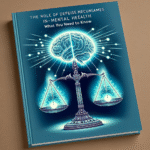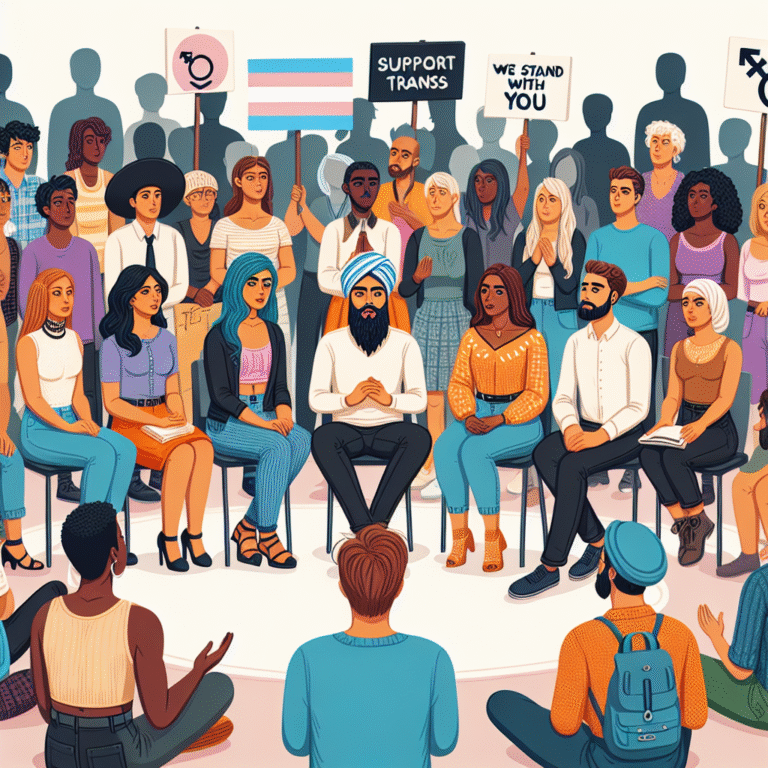
Introduction: A Clarity-Creating Journey
In a world where medical decisions can affect lives, the integrity of clinical research is paramount. While science is built on evidence, the challenge lies in eliminating bias that can skew the results of a study. This is where double-blind studies come into play, acting as a beacon of reliability and a shield against bias. As we embark on this exploration, we will systematically unpack the nuances of unlocking the truth: how double-blind studies eliminate bias in clinical research, revealing how they fortify the credibility of scientific findings and why they are essential to patient safety and effective treatment.
The Foundation of Clinical Research: Understanding Bias
What is Bias in Clinical Research?
Bias is any systematic deviation from the truth in research results. In clinical trials, it can lead to false conclusions about a drug’s efficacy or safety, potentially endangering patients. Common types of bias include:
- Selection Bias: Occurs when participants are not randomly assigned to groups, leading to unequal characteristics.
- Performance Bias: Happens when differing levels of care or attention are provided to participants.
- Detection Bias: Arises when outcome assessors have knowledge of treatment allocation, influencing their evaluations.
The Consequences of Bias
Let’s consider an example. In a trial evaluating a new antidepressant, if researchers know which participants receive the medication versus a placebo, they may inadvertently or consciously interpret symptoms differently, leading to an overestimation of its effectiveness. Bias can compromise not only individual studies but also the entire field of medicine, as flawed studies contribute to guidelines that affect clinical practice.
The Role of Double-Blind Studies
What is a Double-Blind Study?
A double-blind study is a type of clinical trial where neither the participants nor the researchers know who is receiving the treatment or the placebo. This approach aims to minimize bias on both sides. When participants and researchers are blind to the allocation, the potential for expectancy effects and performance bias diminishes, offering a clearer view of the treatment’s actual effects.
The Mechanics Behind Double-Blind Studies
In clinical trials, creating a double-blind environment involves careful randomization and blinding techniques.
- Randomization: Participants are randomly assigned to study groups. This process ensures that each group has similar characteristics, minimizing selection bias.
- Blinding: The study drug and placebo are often designed to look and taste alike. This physical resemblance ensures that neither participant nor researcher can determine who is in which group.
By understanding these mechanics, we appreciate why unlocking the truth: how double-blind studies eliminate bias in clinical research is imperative.
Case Studies in Action – Real-World Applications
Case Study #1: The Diabetes Drug Study
In a well-known study examining the effects of a new diabetes drug, researchers utilized a double-blind design to assess blood sugar levels. Participants were randomly assigned to receive either the drug or a placebo. Notably, clinicians administering assessments were also blinded to treatments. The trial highlighted significant reductions in blood sugar levels in the treatment group over the placebo group, leading to the drug’s approval.
Relevance Analysis: This study exemplifies how double-blinding effectively mitigates performance and detection bias, resulting in findings that affirm the drug’s efficacy.
Case Study #2: The Heart Disease Drug Research
Another impactful example is a trial aimed at determining the effectiveness of a heart disease medication. Using a double-blind approach, researchers found a marked improvement in patient outcomes that were significantly different from the placebo group. Due to the double-blind methodology, the conclusions drawn from this study were widely accepted and contributed to a major shift in treatment protocols.
Relevance Analysis: This case reinforces the notion that unlocking the truth is not merely an academic exercise but a vital component that leads to clinical changes that save lives.
Table: Comparative Outcomes of Double-Blind vs. Open Trials
| Type of Study | Bias Reduction | Patient Outcomes | Trustworthiness |
|---|---|---|---|
| Double-Blind | High | Positive | High |
| Open-Label | Low | Variable | Variable |
The Importance of Double-Blind Studies: An In-Depth Analysis
Enhancing Credibility
Double-blind studies instill a greater level of trust in medical research. Health care providers, patients, and regulatory bodies are much more likely to believe in and act upon results from studies that utilize this method. This not only leads to evidence-based treatment protocols but also encourages patient adherence to prescribed therapies.
Legal and Ethical Implications
Medical practitioners have an ethical obligation to provide treatments that are proven to be effective. Therefore, unlocking the truth: how double-blind studies eliminate bias in clinical research also extends to legal implications. In a litigious society, having robust, scientifically backed results can protect healthcare providers from malpractice claims.
Accelerating Medical Advancements
Research that is free from bias accelerates innovation in medicine. By ensuring that findings are valid, double-blind trials pave the way for new therapies that can significantly improve patient care. A substantial gap exists between scientific discovery and practical application, and the double-blind methodology serves as a bridge, ensuring that when innovations do emerge, they are reliable.
The Challenges of Implementing Double-Blind Studies
Practical Limitations
While double-blind studies are gold standards, they come with challenges. They require meticulous planning, enough financial resources, and compliance with ethical standards.
- Cost and Time: Conducting these studies can be expensive and time-consuming, potentially limiting the number of trials that can be conducted.
- Blinding Issues: In some cases, it’s difficult to blind both participants and staff, such as in surgery trials where the procedure itself can reveal treatment allocation.
- Ethical Considerations: If a new treatment is believed to be vastly superior, the ethics of withholding it from participants receiving a placebo can complicate trial design.
Balancing Benefits with Challenges
Despite these challenges, the benefits often outweigh the limitations. Researchers continually innovate methods to enhance blinding or to make studies more efficient and ethical. New technologies, such as remote monitoring and electronic data capture, are being employed to facilitate double-blind studies.
Conclusion: Embracing the Truth
As we conclude this exploration of unlocking the truth: how double-blind studies eliminate bias in clinical research, we remind ourselves of the paramount importance of bias-free research in the medical landscape. The insights shared here underscore the relevance of double-blind designs in fortifying clinical research and patient safety.
We must advocate for these rigorous methodologies and engage in conversations about their significance. By doing so, we embrace a future where medical discoveries are not only groundbreaking but reliable, ensuring that every patient receives the best care possible.
FAQs
1. What is the difference between a single-blind and a double-blind study?
A single-blind study means only the participants are unaware of their treatment allocation, while in a double-blind study, both the participants and the researchers administering the treatment are unaware.
2. Why are double-blind studies considered the gold standard in clinical research?
Double-blind studies are preferred because they minimize bias in both participant response and researcher assessment, leading to more reliable results.
3. Are all clinical trials required to be double-blind?
While double-blind studies are ideal, not all clinical trials can be conducted this way due to practical or ethical concerns. However, many regulatory authorities favor them for drug approval.
4. Can double-blind studies still have biases?
While double-blind studies significantly reduce bias, they are not immune to limitations, such as selection bias or issues with blinding techniques.
5. What are practical ways to communicate the importance of double-blind studies to patients?
Communicating the scientific rigor and safety implications of double-blind studies can help patients understand their crucial role in research and treatment decisions, building trust in the healthcare system.
By following these principles, we can continue to enhance the validity and reliability of medical research, ensuring that advancements truly serve to improve health and well-being.


















